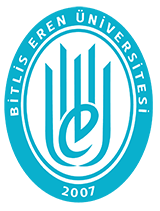| dc.description.abstract | In our digitalized world, the need for reliable authentication methods is steadily increasing. Biometric authentication methods are divided into two main categories: physiological and behavioral. While physiological biometrics include features such as face, iris, and fingerprint, behavioral biometrics encompass dynamics such as gait, speech, and signature. Most of these methods require specialized equipment, whereas signatures can be easily obtained without additional tools, making them ideal for verifying the legality of documents. Although manual signature recognition is effective, it is resource-intensive, slow, and susceptible to errors. With advancements in technology, the need to automate the signature recognition process to enhance accuracy and efficiency has become increasingly important. Based on this need, in this study, five different DL techniques (GoogLeNet, MobileNet-V3 Large, Inception-V3, ResNet50 and EfficientNet-B0) are used to classify signature images with detailed analyses. DL methods have outperformed traditional techniques by leveraging the power of CNNs to automatically learn and extract complex features from signature data. The dataset used consists of a total of 12,600 images belonging to 420 individuals, each contributing 30 original signatures. The dataset is divided into training, validation, and test sets in different proportions to analyze classification performance. The pre-trained DL models were fine-tuned to optimize their parameters for the signature dataset. The results demonstrate that DL models achieve high accuracy in signature classification, with the GoogLeNet and Inception-V3 models reaching an accuracy of 98.77% at a 20% test rate. The study also highlights the impact of different test rates on model performance. | tr_TR |














